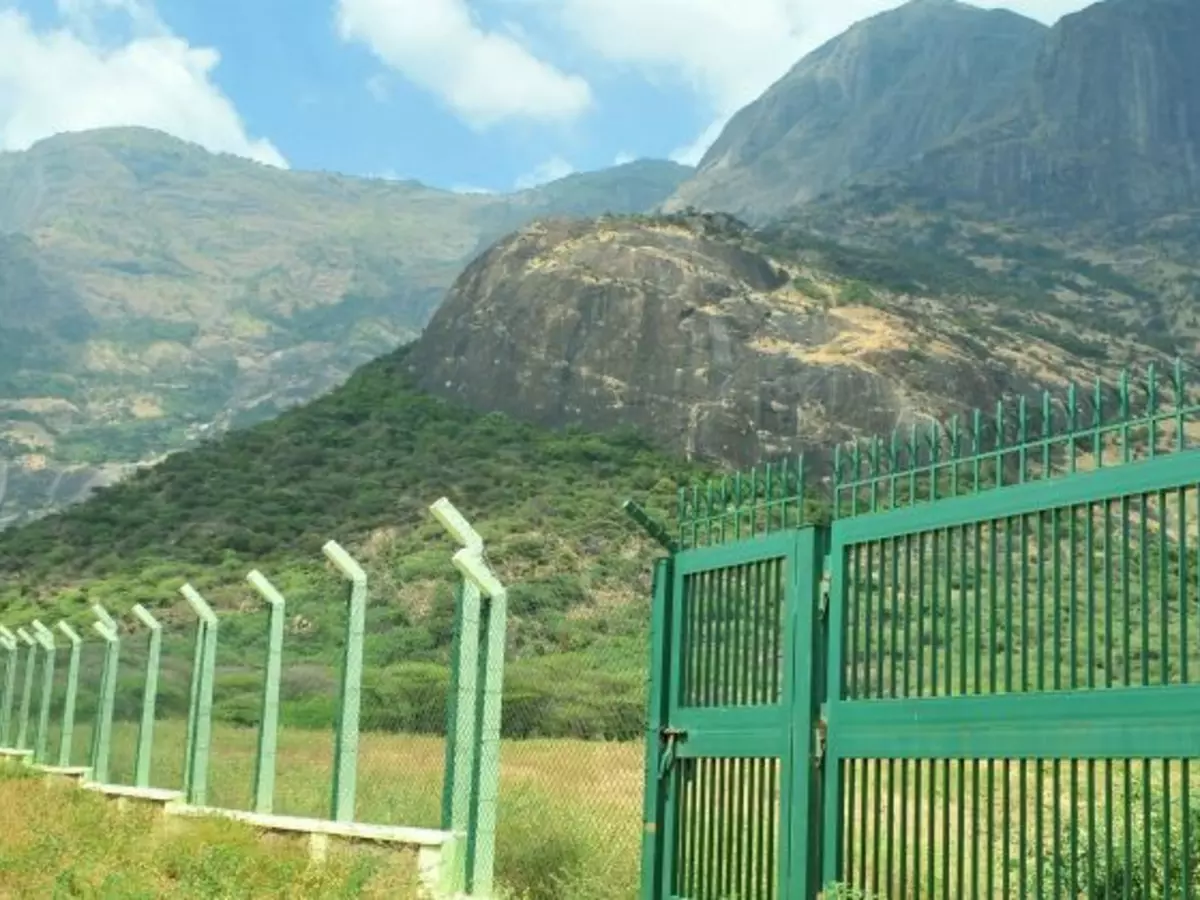India-Based Neutrino Observatory In Tamil Nadu Gets Clearance, But It May Come At The Cost Of Environment
The India-based Neutrino Observatory project in Theni district of Tamil Nadu has finally received clearance from the Union Ministry of Environment Forests and Climate Change. However environmentalists and activists who have been campaigning against the project said the nodal agency has violated the laws by not conducting a public hearing of concerns of those likely to be affected by the massive project. Once completed INO will house the largest m...Read More

After decades of delays and delebrations, the India-based Neutrino Observatory project in Theni district of Tamil Nadu has finally received clearance from the Union Ministry of Environment, Forests and Climate Change.
In its letter addressed to Prof V M Datar, project director INO and senior professor at Mumbai-based Tata Institute of Fundamental Research (TIFR), which is the nodal agency for the project, the ministry said the Expert Appraisal Committee, after detailed deliberations during meetings on January 25 and March 5, recommended grant of environmental clearance.

BCCL
However, environmentalists and activists who have been campaigning against the project said the nodal agency has violated the laws by not conducting a public hearing of concerns of those likely to be affected by the massive project.
The ambitious project is coming up in the Bodi West Hills in Theni district of Tamil Nadu, near the Kerala border, in the Western Ghats, considered an ecologically fragile area, home to many rare flora and fauna.
Despite the clearance by the ministry, the INO project will still have to obtain necessary forest and National Board for Wild Life clearances as per law. The Mathikettan Shola National Park in Idukki district, Kerala, is situated within five km from the project site.
The basic science projects that would primarily study atmospheric neutrinos produced by cosmic rays in a 1,200 meters deep cave under a mountain and is expected to cost around Rs 15,000 crores.

Once completed, INO will house the largest magnet in the world, a 50,000-tonne iron calorimeter, four times larger than CERN¡¯s Compact Muon Solenoid (CMS) detector¡¯s magnet.
The total plot area required is 31.445 ha (over ground 26.825 ha and underground 4.62 ha). The total built-up area of the underground facility is 20,552 sqm and over ground, facility is 10,762 sqm.
The underground project will comprise a complex of caverns ¨C the main cavern that will house a 50-kiloton magnetised iron calorimeter detector to study a fundamental particle called neutrino. The main cavern will be will be 130 meters long, 26 meters wide and 30 meters high. There will be two smaller caverns to be used for setting up experiments for neutrino double detector and dark matters. The complex will be approached by a 2-km long tunnel.

INO
And that is where environmentalists say they are concerned. They say, with such massive scale of construction underground, and controlled blasts, the vibrations from the explosions will badly affect the ecologically fragile Western Ghats.
Significantly, Idukki district which is neighbouring the INO's project location is home to multiple hydro electric projects, which accounts for the majority of the electricity generation in Kerala. The Mullaperiyar Dam, which is operated by Tamil Nadu, is also located near the project site. The century old dam has been weakened significantly and has developed leakes many places in the past decade. The two states are currently engaged in a legal battle over the construction of new dam to replaces the old one. Many say the constant drilligns and blasts could significantly weaken the dam further.
